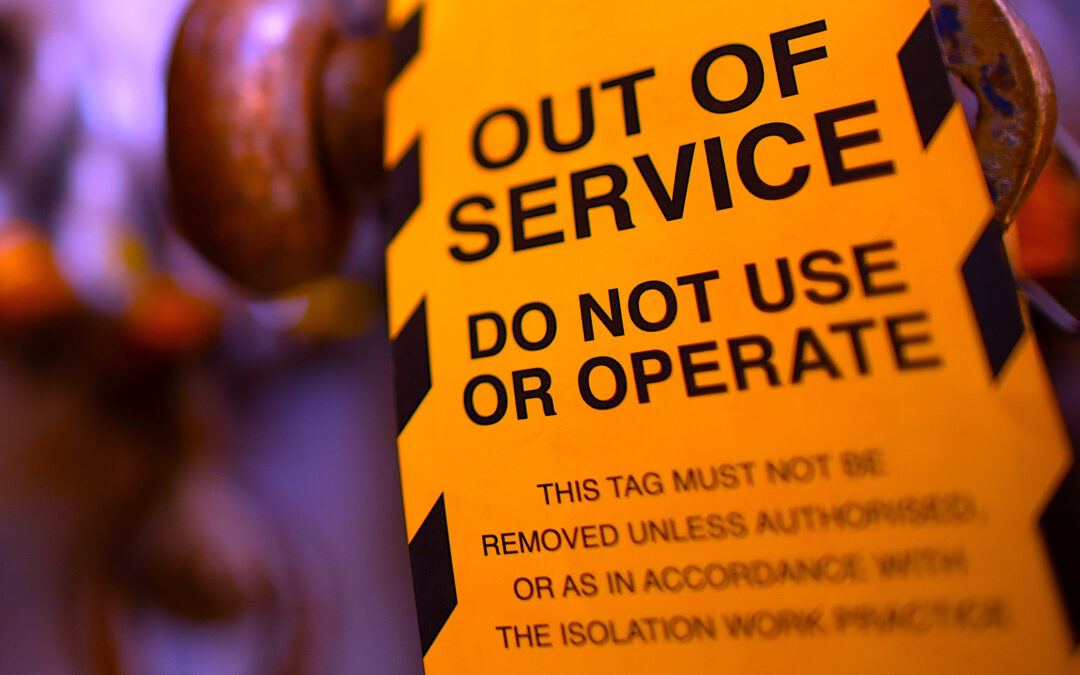Over time, many businesses have invested in a wide variety of equipment from multiple manufacturers. Such “investments” often have been made by engineering departments in concert with procurement under strict project budget limitations. Cost-conscious procurement of new machines and other equipment might make perfect sense at the time, especially with decision-makers in top management. However, the havoc wreaked by the pandemic on our supply chain has introduced a multitude of challenges, some of them unanticipated. What can we learn from this situation?
It is no secret that I am a proponent of as much standardization as possible, be it in machine types, controllers, software, documentation, and elsewhere. I realize, though, that complete standardization may not be feasible. Still, the randomness of equipment in many plants where I’ve worked stifles reliability and tends to increase total life-cycle cost of ownership. Some examples of such problems were uncovered in recent discussions with maintenance, operations, and reliability practitioners. We learned a lot.
Take spare parts, which have become a major challenge. In recent years, on-site stock of spare parts dwindled by design or by default. In some cases, conscious decisions were made to reduce spare parts on hand and depend on suppliers to re-stock them as needed. Now, though, as the supply chain struggles to keep up with demand, it’s not just on-site stock rooms that are in serious trouble. Suppliers, distributors, and OEMs also are wrestling with their own supply-chain issues.
Think back to the fundamental principles of standardization: common OEMs; common and sometimes interchangeable spare parts; common software; consistent and proven troubleshooting routines; and a bench strength of skill sets among a site’s maintenance and engineering staffs.
While the “newer is better” mantra of machine design and procurement courses through modern manufacturing plants and facilities, older, proven, and well-known machines and equipment are also a “bench strength” at sites. In addition to items such as standardized parts, software, etc., there’s an advantage to standardized documentation, standardized preventive-maintenance routines, and narrowed ranges of fluids, coolants, and lubricants.
But let’s dig into other problems of non-standardization: Spare parts take up room. Valuable plant-floor space is sometimes jammed with parts inventory. The greater the variety (and number) of machinery and equipment OEMs, the more shelf and bin space that’s required for parts. Furthermore, inventory systems become inherently more complex while attempting to identify shared spares among multiple OEMs.
These days, we’re seeing the impact of multiple, not necessarily standardized, types of plant machinery and equipment play out in real time. Some stock rooms are literally waiting months for correct replacement or equivalent parts. In these cases, maintenance, engineering, and reliability personnel are challenged to invent creative, safe, somewhat reliable workarounds to keep plants up and running. While those activities are necessary, they also are a distraction from core workloads, including preventive maintenance on other equipment assets. There’s a big price for that.
During my years in the field, I saw surprising numbers of plants and facilities practically shut down areas of their operations while trying to rescue non-standard equipment with reengineering workarounds. It was like watching out-of-control wildfires.
The bottom line of this piece is about learning from the causes of equipment failures that could have been avoided IF (big IF) more of a site’s machines and equipment were standardized. In short, as RAM Professionals, we need to work the nuggets of the learning curve that we’re in right now and plan to avoid self-inflicted failure modes by building reliability principles into all future equipment and machinery investments.TRR
ABOUT THE AUTHOR
Bob Williamson is a long-time contributor to the “people-side” of the world-class-maintenance and manufacturing body of knowledge across dozens of industry types. His vast background in maintenance, machine and tool design, and teaching has positioned his work with over 500 companies and plants, facilities, and equipment-oriented organizations. Contact him directly at 512-800-6031 or bwilliamson@theramreview.com.
Tags: reliability, availability, maintenance, RAM, predictive maintenance, PdM, spare parts, supply-chain issues



